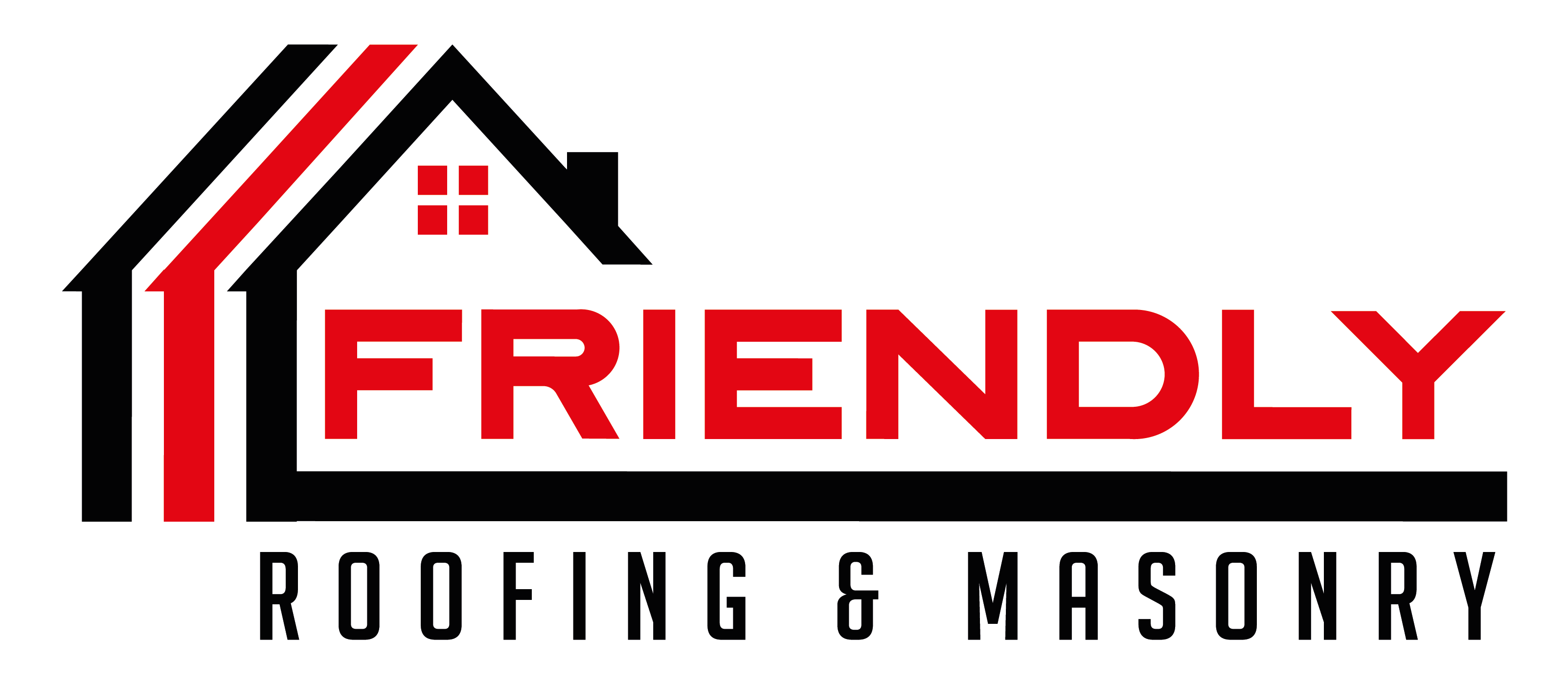Introduction
Your roof is a critical component of your home’s structure, providing essential protection from the elements. Over time, roofs can develop various issues due to wear and tear, weather exposure, or insufficient maintenance. Recognizing common roofing problems early and taking proactive steps to address them can prevent extensive damage and prolong the lifespan of your roof. Let’s delve deeper into each issue and explore comprehensive solutions.
1. Leaks and Water Damage
Water infiltration is one of the most prevalent and damaging roofing problems. Leaks can occur due to damaged shingles, deteriorated flashing, or inadequate seals around roof penetrations like chimneys and vents.
Solution: Conduct regular roof inspections to check for signs of water damage such as stains on ceilings or walls, mold growth, or peeling paint. Address leaks promptly by replacing damaged shingles, securing or replacing flashing, and applying new sealant where needed. Consider hiring a professional roofing contractor to perform a thorough assessment and make necessary repairs.
2. Shingle Roofing Problems
Shingles can wear down over time, leading to cracking, curling, or missing granules. This can compromise your roof’s ability to shed water effectively.
Solution: Inspect your roof for damaged or deteriorating shingles at least twice a year. Replace any cracked, curled, or missing shingles promptly to prevent water infiltration and underlying structural damage. Consider upgrading to more durable roofing materials like metal or composite shingles for enhanced longevity and weather resistance.
3. Poor Installation or Repairs
Inferior workmanship during roof installation or previous repairs can result in ongoing roofing problems and premature roof failure.
Solution: When hiring a roofing contractor, choose reputable professionals with proven experience and proper licensing. Verify their credentials and ask for references. Ensure that all work complies with local building codes and manufacturer specifications. Investing in quality installation or repairs will pay off in the long run with a longer-lasting roof.
4. Clogged Gutters
Clogged gutters and downspouts prevent proper water drainage, leading to water backup and potential damage to your roof, siding, and foundation.
Solution: Clean gutters and downspouts regularly, particularly in the fall when leaves and debris accumulate. Install gutter guards to prevent debris buildup and ensure continuous water flow. Extend downspouts to direct water away from your home’s foundation to prevent structural roofing problems.
5. Inadequate Roof Ventilation
Poor roof ventilation can cause excess heat and moisture buildup in the attic, leading to mold growth, ice dams, and premature roof aging.
Solution: Install soffit and ridge vents to facilitate air circulation and regulate attic temperatures. Ensure that attic insulation is properly installed to prevent heat transfer from living spaces. Consult with a roofing professional to assess your ventilation needs based on your roof’s design and local climate conditions.
6. Ice Dams
Ice dams form along the eaves of roofs when melting snow refreezes, creating barriers that trap water and cause leaks.
Solution: Improve attic insulation and ventilation to maintain consistent roof temperatures and prevent ice dam formation. Use roof rakes to safely remove snow from the eaves after heavy snowfalls. Consider installing heat cables or ice melt systems along the eaves for additional prevention.
7. Tree Damage
Overhanging branches can scrape or puncture the roof during storms, leading to roof damage and potential structural issues.
Solution: Regularly trim back overhanging branches, especially those near the roofline, to prevent contact with the roof. Remove dead or damaged trees that pose a risk of falling onto your home during severe weather events. Consult with an arborist for professional tree maintenance and removal.
8. Blistering or Bubbling Roofing Materials
Blistering or bubbling on roofing materials can indicate trapped moisture or improper installation.
Solution: Address underlying moisture roofing problems by improving attic ventilation and ensuring proper installation techniques. Consult with a roofing professional to evaluate the extent of the damage and recommend appropriate repairs or replacements.
Additional Tips to tackle Roofing Problems:
- Schedule annual professional roof inspections to catch potential issues early.
- Keep roof surfaces clear of debris such as leaves, branches, and moss to prevent water retention and damage.
- Monitor attic conditions for signs of moisture, mold, or pest infestation.
- Maintain records of roof repairs and replacements for future reference.
Conclusion for Common Roofing Problems and How to Address Them
Taking proactive measures to address common roofing problems is essential for maintaining the integrity and longevity of your roof. Regular inspections, timely repairs, and investment in quality materials and workmanship will minimize the risk of costly damage and ensure a secure and well-protected home for years to come. If you’re unsure about how to address a roofing issue, don’t hesitate to seek guidance from experienced roofing professionals. By caring for your roof diligently, you’ll preserve your home’s value and your family’s safety and comfort. Remember, a well-maintained roof is the foundation of a secure and comfortable home environment.
A healthy roof not only enhances the curb appeal of your home but also provides peace of mind knowing that your family is well-protected from the elements. Prioritize roof maintenance and address any issues promptly to enjoy a durable and reliable roof for many years.

